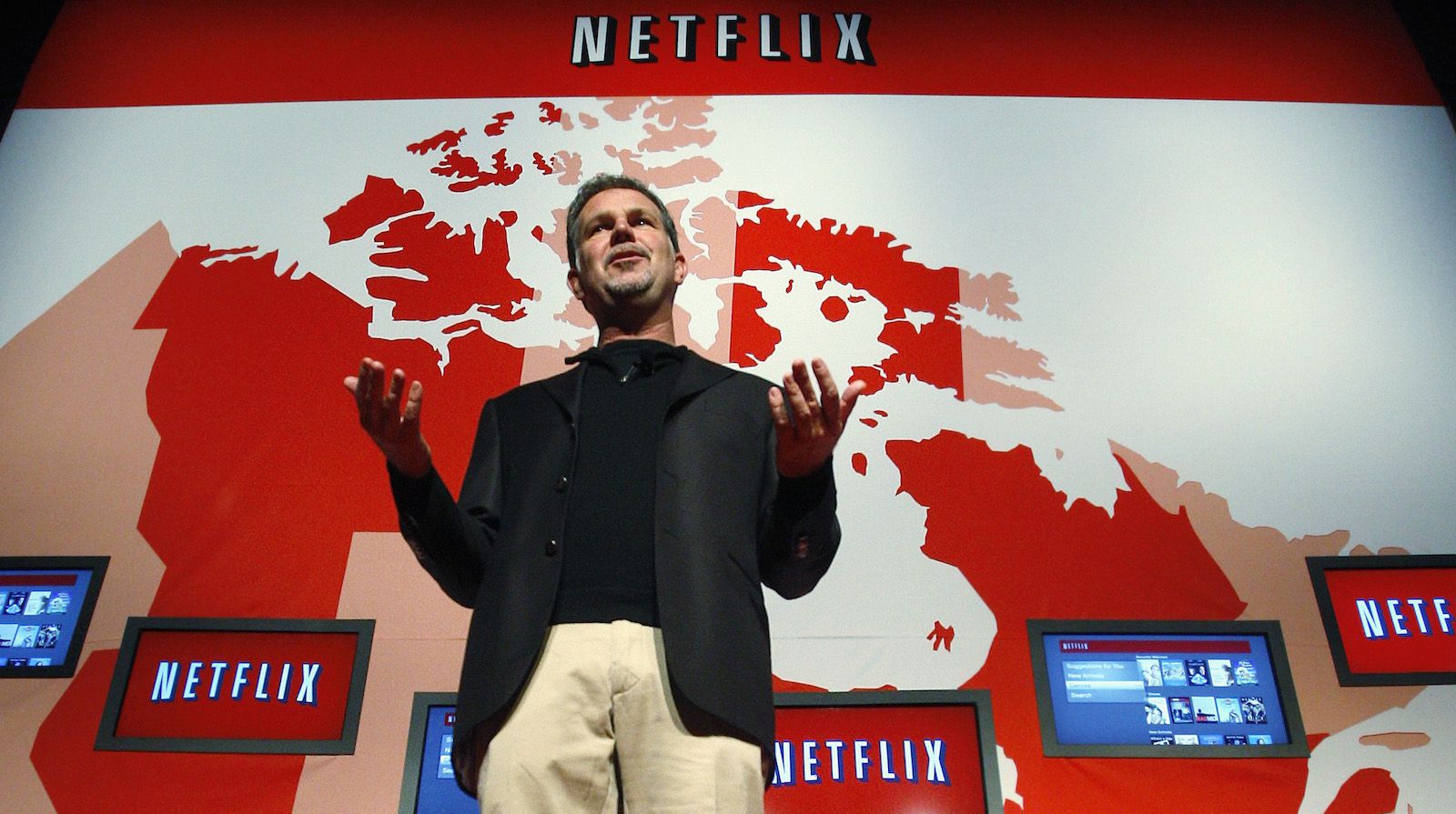Netflix divides its 93 million users around the world into 1,300 “taste communities”
Netflix’s global viewers have a lot more in common than one might think.


Netflix’s global viewers have a lot more in common than one might think.
A year ago, the global subscription-video service stopped segmenting its members by geography and started treating them as a single, cohesive audience. It made its algorithms global. And that helped the company, which is reputed for its recommendation engine, uncover connections between the TV shows and movies viewers watched, or didn’t watch, that ran deeper than where those people lived.
Netflix now divides its more than 93 million global members, roughly half of which are outside the US, into communities of members with similar movie and TV show preferences and makes recommendations based on what’s popular in those communities. It calls those groups “taste communities” and there are roughly 1,300 of them, Variety recently reported. They include niche categories like health-conscious food titles, or a subset of anime that’s characterized by titles like Fullmetal Alchemist and Ajin. They’re how Netflix figures out that fans of Stranger Things might also like fare like American Horror Story and The Walking Dead, or a nostalgic comedy like That 70’s Show.
The company has always used “clusters” like these to make connections between titles that wouldn’t seem obvious to the naked eye. There may be people who enjoy foreign documentaries as well as home-improvement shows, for example. And it looks for those “taste doppelgangers” around the world, as Todd Yellin, Netflix’s vice president of product, recently referred to them at a press event in New York, to find series and movies you may not have realized would interest you.
Before 2016, Netflix also made recommendations based on where viewers were in the world. It assumed, like many others, that subscribers in Poland would have different tastes than subscribers in Brazil. But the data showed those generalizations didn’t hold true. “We find that to be greater and greater nonsense, and we are disproving it every day,” Yellin said.
Originals like Narcos and 3%, for example, have been equally popular around the globe. So Netflix did away with that geographically based system after it expanded into 130 new countries—effectively reaching most of the world—in 2016.
“We have seen that where you live, gender, age and other demographics are not significantly indicative of the content you will enjoy,” a spokesperson for Netflix told Quartz. “Time after time, we see that what members actually watch and do on the service transcends the predictions of stereotypical demographics.”